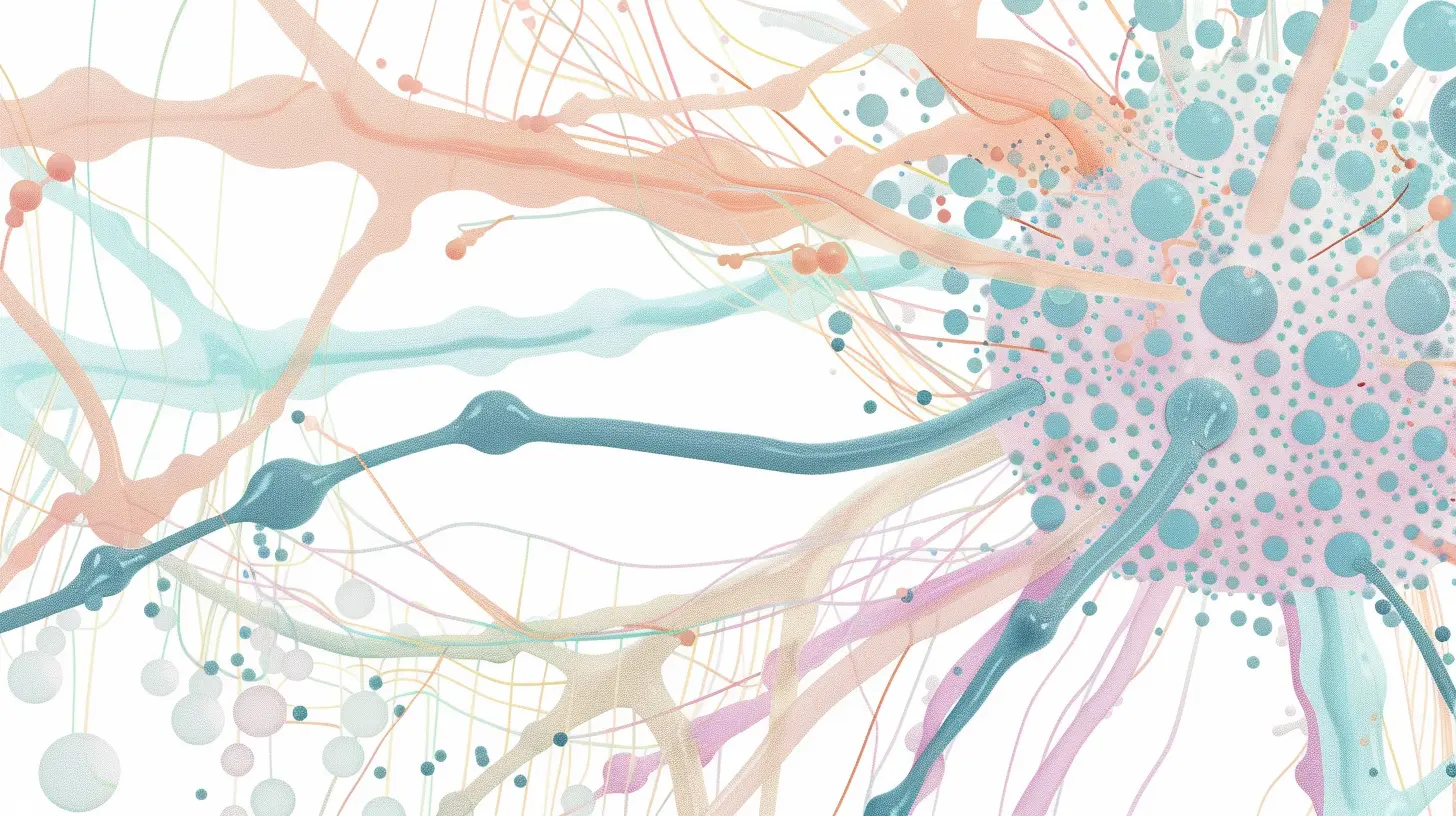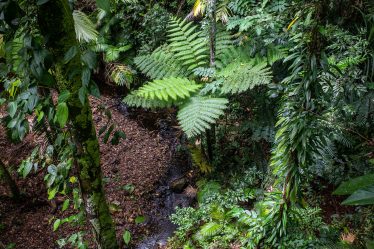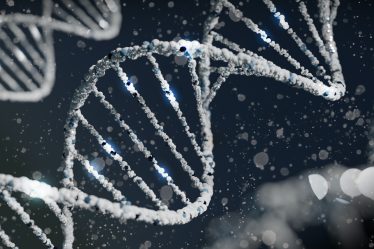
Under a microscope, white blood cells chase bacteria by extending parts of their membrane, gripping the surface, and pulling themselves forward. This movement happens because of thin protein filaments that push, pull, and hold the cell together. These filaments constantly change, allowing the cell to move and react quickly.
This guide explains how the cytoskeleton shapes the cell and enables movement. You’ll learn how actin filaments, microtubules, intermediate filaments, and motor proteins build networks, transport cell parts, and support the nucleus. We break down each structure, show what it does, and describe how it works during cell division, transport, and shape changes.
Cytoskeleton: Quick Summary
Do you just need the basics? Here’s a simple explanation of what the cytoskeleton is and what it does:
🟠 Cytoskeleton is a network of protein filaments that supports cell shape, movement, and internal organization.
🟠 Actin filaments (microfilaments) are thin, flexible strands that help cells move, divide, and form structures like lamellipodia and microvilli.
🟠 Microtubules are hollow tubes made of tubulin that guide intracellular transport and build structures like the mitotic spindle, cilia, and flagella.
🟠 Intermediate filaments are rope-like fibers that provide mechanical strength and anchor organelles such as the nucleus.
🟠 Motor proteins use ATP to carry materials along actin filaments and microtubules in specific directions.
🟠 Prokaryotic cells don’t have a full cytoskeleton but use proteins like FtsZ, MreB, and Crescentin to support division and maintain shape.
Cytoskeleton and Its Main Components
The cytoskeleton holds the cell together from the inside. It gives the cell its shape, supports movement, and keeps organelles in place. Its filaments stretch through the cytoplasm and connect to the membrane and nucleus. They grow and shrink as the cell moves, divides, or changes shape.
You’ll find three types of filaments in every eukaryotic cell. They work together but have different sizes and structures:
- Actin filaments (also called microfilaments) form thin, flexible chains.
- Microtubules are thick, hollow tubes made of tubulin.
- Intermediate filaments are stronger and form rope-like networks.
Here’s how they compare:
| Filament type | Diameter | Protein subunits | Structure |
| Actin filaments (microfilaments) | ~7 nm | Actin | Two twisted chains |
| Microtubules | ~25 nm | α- and β-tubulin | Hollow cylinder of 13 protofilaments |
| Intermediate filaments | ~10 nm | Various (keratin, vimentin, lamin) | Bundles of coiled, rope-like proteins |
Actin Filaments and Microfilaments with Cell Examples
Actin filaments are thin, flexible fibers found near the cell membrane. They support the cell’s shape and help with movement, division, and attachment. You’ll also see the term microfilaments—these are the same structures.
Each filament has two ends. The plus end grows faster, while the minus end grows slowly or shortens. Actin subunits carry ATP when they join the filament. As ATP breaks down, the filament becomes less stable, and subunits fall off the minus end. This process lets the cell adjust its shape in seconds.
Actin filaments build several structures. The contractile ring separates cells during division. Lamellipodia are flat areas that extend at the cell edge. Filopodia are thin spikes that help the cell sense its surroundings. Stress fibers connect the cell to surfaces and pull from the inside.
In intestinal cells, actin supports the microvilli—tiny folds that increase surface area. Amoebas move by pushing the membrane outward with actin-rich extensions. These movements come from fast, controlled changes in filament length.
Cells use many helper proteins to direct actin growth. Some guide where filaments form, while others stop them from growing. This makes the actin system precise and responsive, whether in a crawling white blood cell or a stable epithelial layer.
Microtubules and Their Role in Transport and Cell Division
Microtubules are thick, hollow filaments that help the cell move materials and separate chromosomes during division. You’ll find them growing out from the centrosome, anchoring organelles, forming the mitotic spindle, and shaping structures like cilia and flagella.
Structure and Growth
Microtubules are built from α- and β-tubulin. These protein dimers link together to form chains called protofilaments. Thirteen protofilaments arrange side by side into a cylinder. One end grows quickly—the plus end. The other end, called the minus end, usually stays anchored in the centrosome.
From the centrosome near the nucleus, microtubules spread through the cytoplasm. Their layout helps position cell parts and guide movement inside the cell.
Division and Transport
During mitosis, microtubules form the spindle. This structure connects to chromosomes and pulls them to opposite sides of the cell. Without this system, the cell can’t divide properly.
Microtubules also serve as tracks for transport. Motor proteins carry vesicles and organelles along them. Kinesin moves toward the plus end. Dynein moves toward the minus end.
Cilia, Flagella, and the 9+2 Pattern
Cilia and flagella contain microtubules arranged in a 9+2 pattern—nine pairs around the edge, two in the center. These structures move when dynein causes the microtubules to slide past each other. The movement depends on ATP and lets cells swim or move fluid across their surface.
Intermediate Filaments and Where They Occur
Intermediate filaments form strong, flexible fibers that protect the cell from mechanical stress. They don’t grow or shrink quickly. Instead, they build stable networks that help the cell keep its shape during movement or pressure.
Structure and Function
These filaments look like twisted ropes made of protein subunits. The fibers don’t have plus or minus ends, so they don’t show directional growth. This structure makes them strong and hard to break. You’ll find them anchoring the nucleus and linking cells together through junctions. They hold tissues in place when stretched or compressed.
Types and Where You Find Them
Each cell type produces its own kind of intermediate filament. The protein used depends on the job of the cell.
- Keratin – in epithelial cells (skin, hair, nails)
- Vimentin – in mesenchymal cells (connective tissue)
- Desmin – in muscle cells
- Lamins – inside the nuclear envelope
- Neurofilaments – in neurons, especially in long axons
Intermediate filaments don’t move cargo or change shape. Instead, they build a supportive layer that holds the cell together from the inside. They’re important in tissues that face constant stress, like skin or muscle, where the cells need strength to stay connected and functional.
How the Cytoskeleton Positions Organelles Inside the Cell
The cytoskeleton doesn’t just move materials—it also keeps things in place. Inside the cell, organelles don’t float around randomly. Their position depends on the filaments underneath them.
Microtubules grow outward from the centrosome and act like support beams that guide the placement of large structures. The Golgi apparatus often sits near the nucleus because it’s anchored to microtubules that extend from the centrosome. Mitochondria move along these tracks too, but they often stop at places where the cell needs energy.
Actin filaments help support structures near the membrane. They anchor endosomes, help hold the shape of the cell cortex, and create barriers that limit how far other proteins or vesicles can spread.
Intermediate filaments form a mesh that holds the nucleus in position and connects to the outer cell junctions. This helps the whole cell keep its shape, especially when under physical stress.
By linking to membranes and organelles, the cytoskeleton gives the cell internal order. Without it, cell parts would drift, making organization and timing much harder to control.
How Motor Proteins Move Along Cytoskeletal Filaments
Motor proteins carry cell parts along actin filaments or microtubules. They move in one direction, use energy from ATP, and follow fixed tracks inside the cell.
Myosin, Kinesin, and Dynein
Myosin works with actin filaments. It powers muscle contraction and moves materials near the cell membrane.
Kinesin and dynein move along microtubules. Kinesin walks toward the plus end—usually away from the nucleus. Dynein moves toward the minus end—usually toward the nucleus.
How ATP Drives Movement
Each motor protein grabs the filament, shifts forward, and lets go. Every step uses one ATP molecule. This repeated cycle pulls vesicles, organelles, or proteins through the cytoplasm.
Motor proteins don’t move randomly. Their direction depends on the type of filament and which end they walk toward. This system makes sure materials travel to the right place at the right time.
Without these proteins, the cell couldn’t stay organized or move things where they’re needed.
Cytoskeleton in Prokaryotic and Eukaryotic Cells
Eukaryotic cells have a complex cytoskeleton made of actin filaments, microtubules, and intermediate filaments. Prokaryotic cells don’t have these same structures, but they use similar proteins to support shape and division.
FtsZ is a tubulin-like protein found in many bacteria. It forms a ring at the center of the cell before division. This ring contracts and pulls the membrane inward.
MreB is an actin-like protein. It forms curved filaments under the membrane in rod-shaped bacteria. These filaments guide enzymes that build the cell wall.
ParM also behaves like actin. It forms straight filaments that push plasmid DNA apart before the cell divides.
Crescentin works like intermediate filaments. It forms a stripe along one side of curved cells like Caulobacter and helps maintain their shape.
These bacterial proteins don’t build a full cytoskeleton, but they organize the inside of the cell and support essential functions like growth and division.
Need Help With Cytoskeleton? Get a Tutor Who Makes It Make Sense
The cytoskeleton can feel like a jumble of protein names and strange structures—especially when you’re reading through it alone. A good tutor can break it down in a way that actually sticks. You’ll walk through each part—actin filaments, microtubules, intermediate filaments—and figure out how they connect to real examples from cells.
In a one-on-one session, you can ask about the parts that don’t click. Maybe it’s how motor proteins walk along microtubules, or how actin reshapes the cell during division. A tutor can show it clearly, step by step, without rushing through it. That’s hard to get in a packed classroom.
If you’re looking for help, try searching for tutoring near you. You might type in something like “biology tutor London”, “tutoring biology Birmingham”, or “cell biology private teacher Sheffield”. There are also online lessons if that works better.
The best part? You get answers to your questions right away. No guessing, no waiting—just someone who helps you figure it out. Book your session on meet’n’learn today.
Looking for more resources? Check out our Biology blogs for additional learning material. If you’re ready for extra help, a tutor can guide you through the most challenging topics with clarity and patience.
Cytoskeleton: Frequently Asked Questions
1. What is the cytoskeleton?
The cytoskeleton is a system of protein filaments that shapes the cell and helps it organize its internal parts.
2. What are actin filaments?
Actin filaments are thin protein fibers near the membrane that support movement, division, and surface structures like microvilli.
3. What are microtubules made of?
Microtubules are hollow tubes built from α- and β-tubulin dimers arranged into 13 parallel protofilaments.
4. How do motor proteins move?
Motor proteins move along filaments by converting ATP into mechanical steps in one direction.
5. What is the function of intermediate filaments?
Intermediate filaments form stable, rope-like networks that protect cells from mechanical stress and anchor organelles.
6. Where are actin filaments found in the cell?
Actin filaments are found near the cell membrane, especially in structures like lamellipodia, filopodia, and the contractile ring.
7. Do prokaryotes have a cytoskeleton?
Prokaryotes have proteins similar to cytoskeletal elements, including FtsZ, MreB, and Crescentin.
8. What is the 9+2 arrangement in cilia?
The 9+2 arrangement describes how microtubules are organized in cilia and flagella: nine outer pairs and two central microtubules.
Sources:



